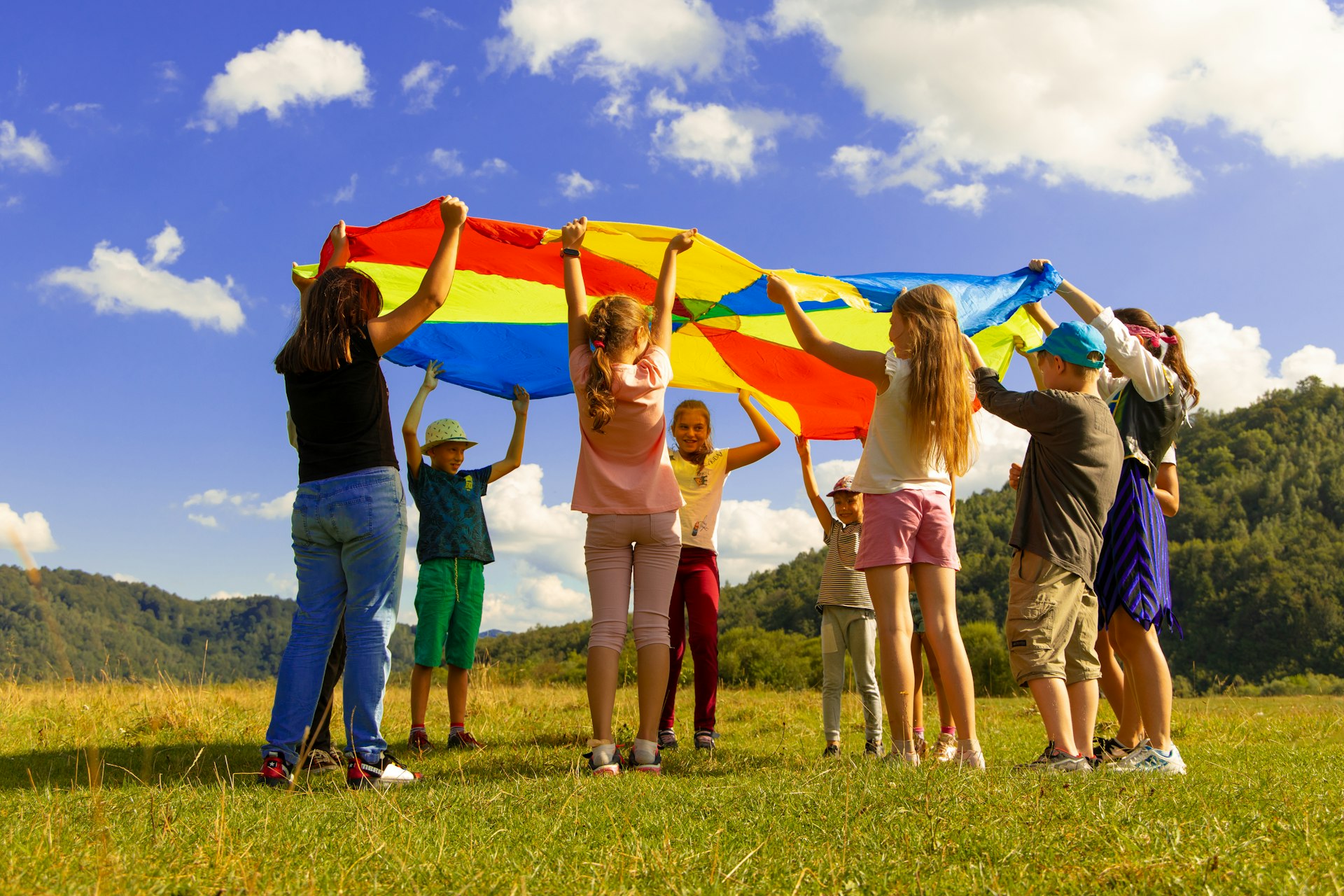Attending the ICOT 2024 conference in Melbourne was a transformative experience, particularly in reshaping my understanding of storytelling as an educational tool. The sessions led by Angela K. Salmon, Associate Professor in Early Childhood Education at Florida International University, and Aixa Pérez-Prado, a writer, illustrator, translator, and faculty member at the same institution, were especially impactful. Their insights opened up a new dimension of storytelling for me, far beyond my previous conceptions.
Before the conference, I viewed storytelling as something primarily linked to Disney-esque tales of princes and princesses overcoming obstacles to live happily ever after. I believed it was a tool mainly for teaching young children, such as preschoolers or lower primary students, to enhance their language abilities. However, my perspective shifted significantly after listening to both key speakers at ICOT 2024.

Imagine using storytelling to explore topics like immigration, climate change, or social justice with your students. Instead of approaching these subjects through dry lectures or abstract concepts, what if you framed them as stories—narratives that students can relate to, see themselves in, and emotionally connect with? This approach doesn’t just make learning more engaging; it makes it more meaningful.
Storytelling Beyond the Early Years
One of the most eye-opening insights from the conference was the realisation that storytelling is not confined to early childhood education but can be a powerful tool for engaging older students, including those at the university level. It’s not just about capturing attention; it’s about igniting critical thinking, fostering empathy, and helping students make sense of complex, real-world issues.
Transmitting Values, Culture, and Tradition
Another profound takeaway was the role of storytelling in transmitting values, culture, and traditions. Stories are not just a form of entertainment; they are vessels for the collective wisdom of generations. Through stories, children learn about the world around them, understand different perspectives, and internalise moral lessons. This is especially important in our increasingly diverse classrooms, where students come from various cultural backgrounds.
Consider the potential of using storytelling to bridge cultural divides in your classroom. By sharing stories from different cultures, you can help students appreciate the richness of diversity and build a more inclusive learning environment. As an educator in Indonesia—a country with 1,340 recognised ethnic groups—I believe storytelling could be a powerful tool to bridge cultural gaps and foster unity among these diverse communities.



Collective Stories: A Powerful Example
One of the most compelling examples shared by Angela K. Salmon was the collective stories created by immigrant children. These stories, which detailed their lives before migration, the journey itself, and the process of adjusting to a new environment, were more than just personal narratives. They were windows into the lived experiences of these children, offering a profound understanding of the emotional and psychological impact of immigration.
For the students who created these stories, the process was empowering. It gave them a voice, allowed them to connect with peers who had similar experiences, and helped them make sense of their new reality. For educators, these stories offer invaluable insights into the challenges faced by immigrant students and highlight the importance of social-emotional learning in helping them navigate these challenges.

Making Sense of the World Through Storytelling
Storytelling also plays a crucial role in helping students make sense of the world. When students engage with a story, they are not just passive listeners; they are active participants in the narrative. Their brains are working to make connections, draw parallels to their own experiences, and internalise the lessons being conveyed.
Research has shown that when students listen to a story, the same parts of their brains are activated as those of the storyteller. This shared experience creates a powerful connection between the storyteller and the listener, making storytelling an effective tool for teaching empathy and fostering a sense of community in the classroom.
As educators, we can harness this power by using storytelling to teach complex concepts in a way that resonates with students. For example, rather than explaining scientific concepts through rote memorisation, why not frame them as stories? A story about a scientist's journey to a groundbreaking discovery can make the learning process more engaging and memorable for students.
Storytelling as a Communication Tool
Beyond its educational benefits, storytelling is also a highly effective communication tool. Stories have the ability to captivate an audience, making them more engaged and receptive to the message being conveyed. This is particularly important in today’s fast-paced world, where attention spans are short, and distractions are many.
By incorporating storytelling into your teaching, you can make your lessons more compelling and ensure that your students retain the information long after the class is over. This is not just about making learning fun; it’s about making it effective.
Imagine the impact of starting your lessons with a story that sets the stage for the topic you’re about to teach. Whether it’s a historical anecdote, a fictional tale that illustrates a key concept, or a personal story that humanises the material, storytelling can make your lessons more relatable and memorable.
The Value of “Bad” Books
One of the most surprising insights from Pérez-Prado’s session was the idea that even “bad” books can be valuable tools for sparking and enhancing thinking. This challenges the traditional notion that only high-quality literature is worth reading in the classroom. Instead, it suggests that every piece of literature has the potential to generate deep discussions and critical thinking.
For example, a book that is poorly written or has a flawed plot can be used as a springboard for discussions about storytelling techniques, character development, or moral lessons. By analysing what doesn’t work in a story, students can gain a deeper understanding of what does and develop their storytelling skills in the process.
Embrace the Power of Storytelling
The ICOT 2024 conference broadened my understanding of storytelling’s immense potential in education. It’s not just a tool for young learners or simple narratives, but a powerful way to communicate, engage, and foster deep, meaningful learning. As a trainer at William Soeryadjaya Academy for Teaching Excellence (WSA), I’m now inspired to introduce and encourage storytelling as an effective teaching strategy. Storytelling can deepen students’ understanding, foster empathy, and make learning more engaging and meaningful, enriching their educational experience.
I would like to challenge all of us to incorporate storytelling in our teaching and witness the difference it makes. Whether you're teaching preschoolers, university students, or anyone in between, storytelling can transform your classroom into a more engaging, inclusive, and impactful learning environment. Start small by weaving stories into your lessons and observe how it boosts student engagement and motivation. You may be surprised by the power of narratives to make learning more meaningful and memorable.
“It is only with the heart that one can see rightly; what is essential is invisible to the eye.”